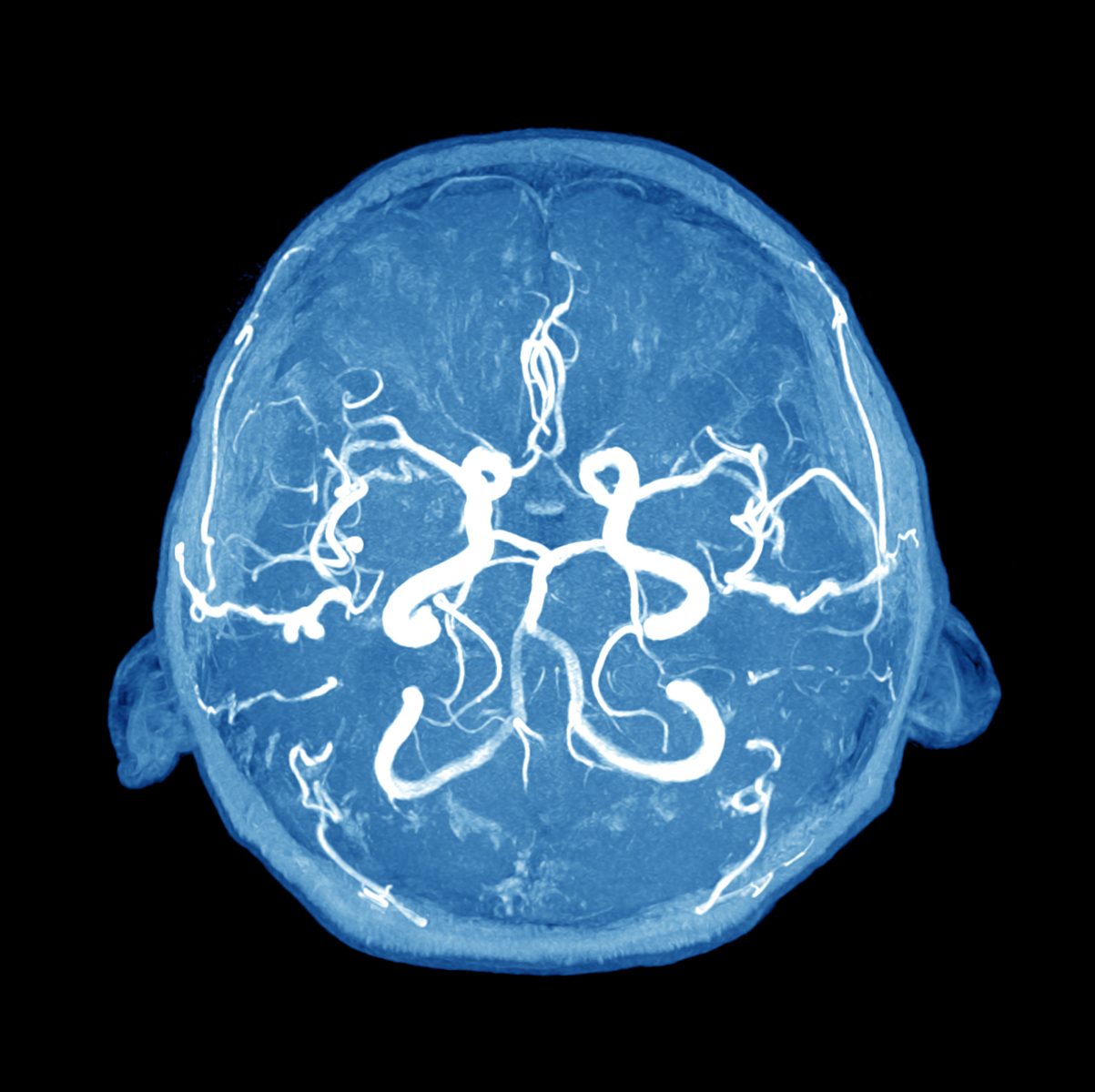Cholesterol-Loaded Nanoparticles Improve Synaptic and Cognitive Function in Huntington’s Disease Model

Cholesterol supply to neurons by nanoparticles can improve neuronal and synaptic dysfunction in Huntington’s disease (HD), providing the missing link between the reduction in brain cholesterol observed in HD mice brains and some of the neuronal abnormalities associated with the disease. These are the results of a study entitled “Cholesterol‐loaded nanoparticles ameliorate synaptic and cognitive function in Huntington’s disease mice,” published in the EMBO Molecular Medicine journal.
HD is a genetic neurodegenerative condition caused by a CAG repeat expansion in the huntingtin gene (HTT). Currently, there are no therapies available to decrease disease progression, however, several pathways involved in disease etiology have been identified, among which is the brain cholesterol pathway. The brain is the organ with the highest cholesterol content in the body, which is locally produced since circulating and dietary cholesterol cannot cross the blood-brain barrier (BBB). Higher than 70% of brain cholesterol mass is present in myelin sheaths that cover nerves axons. Previous studies have shown that in mouse models of HD as well as in patients with HD there is a reduction in cholesterol biosynthesis and content in the brain. However, an association between the observed lower levels of cholesterol and neuronal dysfunction in vivo in HD was still missing.
The team analyzed the effects of cholesterol administration on synaptic communication and machinery, motor and cognitive behaviors, and neuropathology in the R6/2 mouse model, a well‐established early onset transgenic mouse model of HD. They used a new technology for drug administration to deliver cholesterol in the brain, since cholesterol cannot traverse the BBB. Cholesterol was delivered using biodegradable polymeric (polylactide‐co‐glycolide, PLGA) nanoparticles (NPs) modified with a glycopeptide (g‐7) that can cross the BBB after systemic injection in mice.
Researchers showed that g7‐NPs was able to cross the BBB and reached glial and neuronal cells in several brain regions within a few hours after systemic injection, contrary to unmodified NPs. Notably several systemic administrations of g7‐NPs‐Chol led to the recovery of synaptic communication, protection from cognitive decline and partial enhancement of global activity in HD mice.
The authors highlighted that neuronal and synaptic dysfunction is an interesting target for potential HD therapies since in both mouse models and human patients, it is a process that occurs before cell death. Importantly, the team stressed these nanoparticles made of PLGA, a biodegradable and biocompatible component approved by FDA for several drug delivery systems in humans, enable the delivery of therapeutic substances to the brain and pave the way for the potential treatment of several central nervous system diseases.






